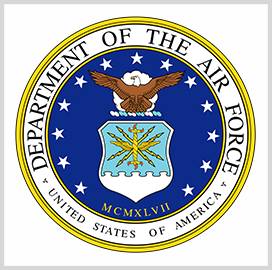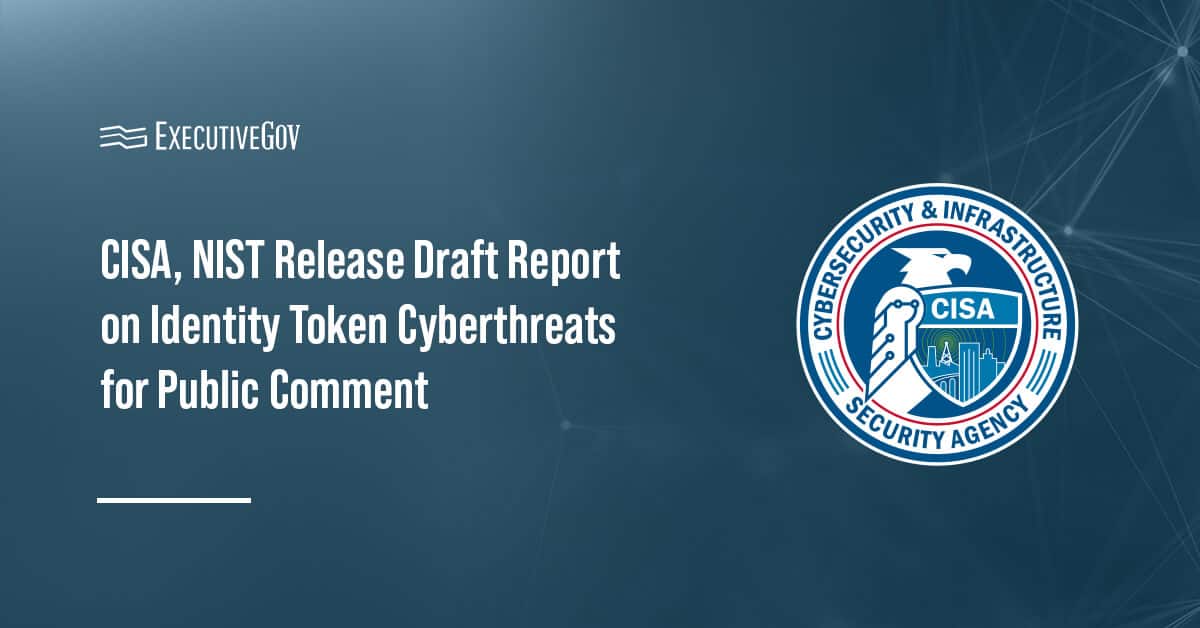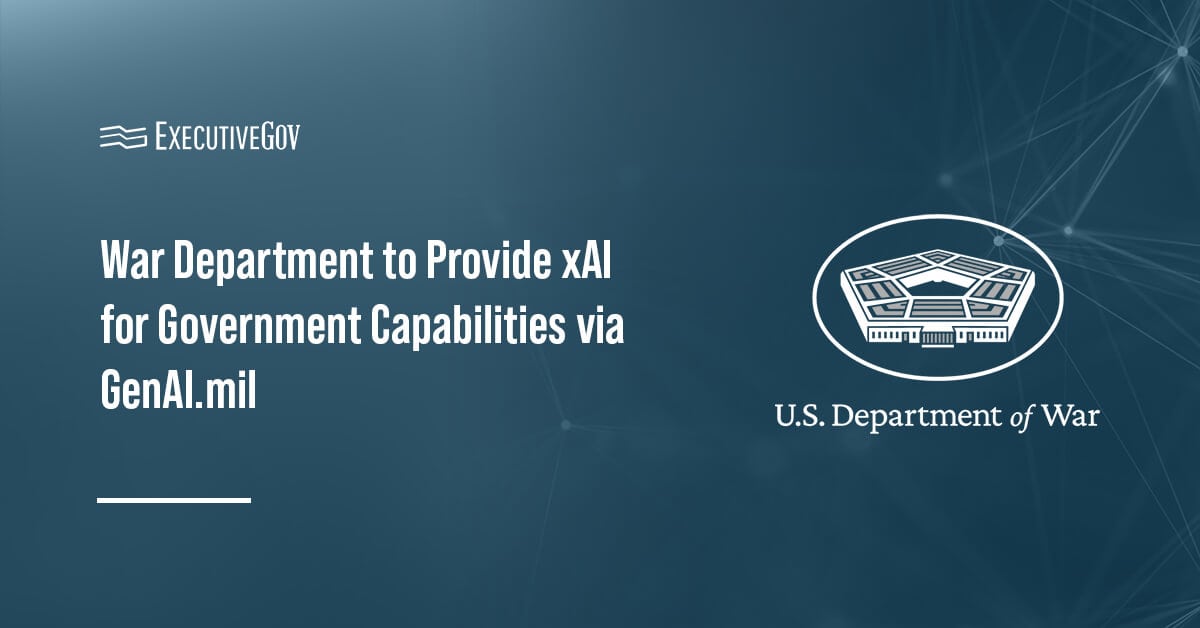Catalyst Accelerator Ogden, a defense and national security industry accelerator, along with the Department of the Air Force and the Digital Transformation Office launched the Fall 2024 Accelerator on Aug. 19.
CAO said Friday the program aims to address the digital modernization of the U.S. Air Force. The Fall 2024 Accelerator will culminate with the Demo Day, held on Nov. 14, 2024, at Weber State University in Ogden, Utah.
The organizers started accepting applications for the Fall 2024 Accelerator back in June. Eleven small businesses from across the nation were selected to join the program this year by a team of CAO officials, government authorities and industry professionals.
The participating companies are as follows:
- 40 North Labs
- Acropolis Security
- FibrX
- GeoCognition
- GetChkd
- GoKnown
- IQumulus
- Kinnami Software
- More Cowbell Unlimited
- SC Tech
- Villa-Tech
According to the DTO, the Air Force requires technological innovations to help modernize its operations and strengthen its defense against cyber threats. The DTO identified several key areas that need to be addressed, including, artificial intelligence and machine learning, data infusion and integration, automation and cybersecurity.
Pioneering companies were asked to develop innovations aimed at optimizing predictive maintenance, utilizing data integration to enhance situational awareness, streamlining operations through automation and reinforcing the service’s cybersecurity capabilities.
The participating companies will collaborate with authorities in fields related to their technologies, including mentors from the government and commercial sectors. The companies will also be provided with the tools and connections to aid them in developing their technology and establishing a foothold in the national defense ecosystem.
On October 10, Potomac Officers Club presents the first-ever GovCon International Summit. Listen to government and industry speakers from across the globe, the DOD and the U.S. combatant commands as they discuss the latest on the defense landscape. Register here.






